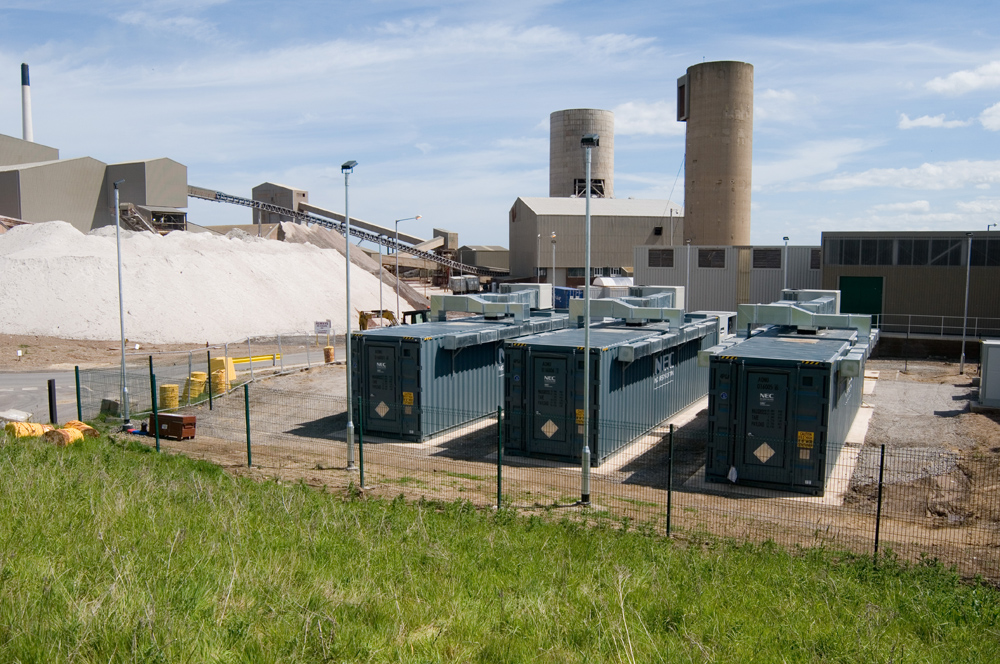
Image: Gore Street
London Stock Exchange-listed energy storage fund Gore Street has outlined how it sees Japan as a “very interesting market” following its investment from JXTG Nippon Oil & Energy Corporation.
Speaking to Solar Power Portal, Gore Street Capital CEO, Alex O’Cinneide, said that the fact that the deregulation of the Japanese market over the next few years makes it of interest to the company, alongside it having the same characteristics of the UK in terms of the decommissioning of coal, nuclear and gas and increasing levels of renewables.
Gore Street already has a “good footprint” there due to having a range of Japanese strategic investors, JXTG being the newest of these.
When asked if there was any hesitation over taking investment from a large oil company, O’Cinnedie stressed that Gore Street sees itself as “an enabler” of such companies’ transition to the low carbon economy.
“We’re very happy to be looking at companies involved in the fossil fuel industry,” he added.
Gore Street already has a relationship with Nippon Oil, with a 10MW asset in Essex using equipment and systems supplied by Nippon Koei and NEC Energy Solutions. O’Cinneide said that JXTG Nippon Oil is “looking to understand their position” and as part of this “identified energy storage and then identified Gore Street as the premier investor”.
This is the first stage of the relationship, he continued, with Gore Street seeing “many opportunities” with the company.
“Every pound” taken through the investment and Gore Street’s recently announced placement – which is set to close today (2 June) – is to “go to work nearly immediately against the present portfolio” and its pipeline.
“We hope to grow the size of this fund really exponentially,” O’Cinneide said. In the past few weeks, Gore Street unveiled the acquisition of a 131MW portfolio as well as a 50MW asset in Scotland.
Scotland is attractive to the fund due to it having a very strong penetration of renewables that is set to continue to increase, O'Cinneide said, meaning it has a grid that needs reinforcement as well as having “the characteristics that we like in terms of cost advantages”.
Across its portfolio, the fund is very focused on the cost advantages of sites, O’Cinneide said, and looks at whether there are regional advantages in terms of revenue generation as well as whether the sites “fit with the overall thesis” of Gore Street, “which is that our assets provide a critical service in terms of stablisation to the grid as the penetration of renewables increases dramatically”.
Assets of a similar size to the 50MW Scotland site are on the cards for Gore Street, which has been focusing on “larger and larger” transactions since its IPO where its main asset was 6MW.
Explaining why this was the case, O'Cinneide said that is is “the same amount of work for us to do diligence on a 5MW opportunity” as it is for 50MW.
He continued to laud Gore Street’s capital efficiency in terms of both the site and grid connection but also contracting with manufacturers at a price “that is really advantageous” to investors. However, to do this the fund “really needs scale”.
O'Cinneide also pointed to grid operators wanting to contract with bigger assets, meaning that pursuing larger assets means Gore Street is fulfilling customer demand.
Lastly, he gave Solar Power Portal an update on Gore Street's position as the UK slowly moves out of the COVID-19 lockdown, with the fund having halted construction of new assets in April. He said the fund is in “good shape”, adding that whilst its share price slumped slightly in the height of the crisis it “recovered quickly”.
“Overall, we think our assets are well situation for some of the potential situations of a post COVID-19 world”, he finished, pointing to fluctuations in demand, stresses on the grid and the continued growth in renewables.
